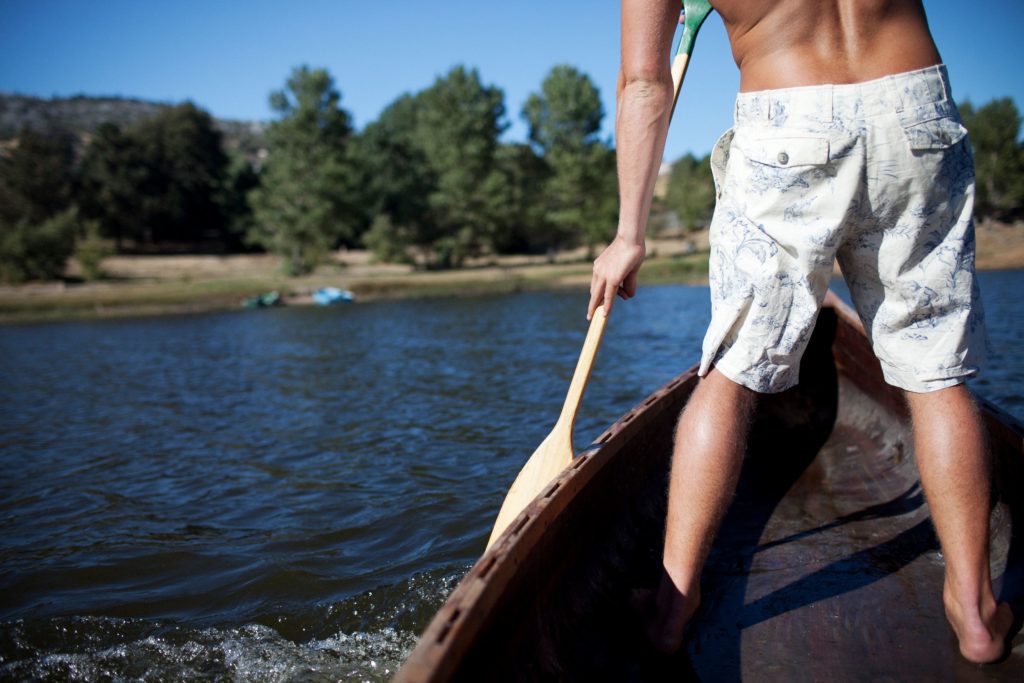
Trained as an architect, Lee Johnson went from designing buildings to making men’s clothing, and says it’s “one of the accidental good mistakes I made that we didn’t grow too quickly.”
When Lee Johnson launched his men’s summer wear apparel business in 2011, he branded one of the T-shirt designs in his collection with company name Old Bull Lee, followed by the slogan “Slow Made, Quality Takes Time.”
A small-batch maker of men’s walking shorts, boardshorts, button-down shirts and T-shirts, Old Bull Lee products are manufactured in America with both domestic and imported European fabrics. Johnson combines some of the world’s finest fabrics with American manufacturing expertise to produce a casual summertime clothing line that is not only beach chic but comfortable and durable.
After a 15-year career working as an architect in New York and Southern California, Johnson decided to transfer his design talents into the apparel industry with a business model that emphasized a quality American-made product. The easy path would have been to import his clothing from a foreign manufacturing company in China or Bangladesh, but Johnson wanted his apparel made in America where he could assure he was getting the top-quality product he initially sought to produce. The manufacturing logistics were a bit more complicated, but by making most of his clothing in Southern California, Johnson is hands on during production.
“About 11 years ago, I started Old Bull Lee and one of the things that probably makes me different is that when I was in architectural school I was talking to a professor and he was telling me it was not really about appearance and in some ways it doesn’t matter how good of a designer you are,” said Johnson, a graduate of the Southern California Institute of Architecture. “If you don’t know how to make something, it doesn’t matter how good of a designer you are. When he told me that, I realized it was crucial to make things and I am very good at that.”
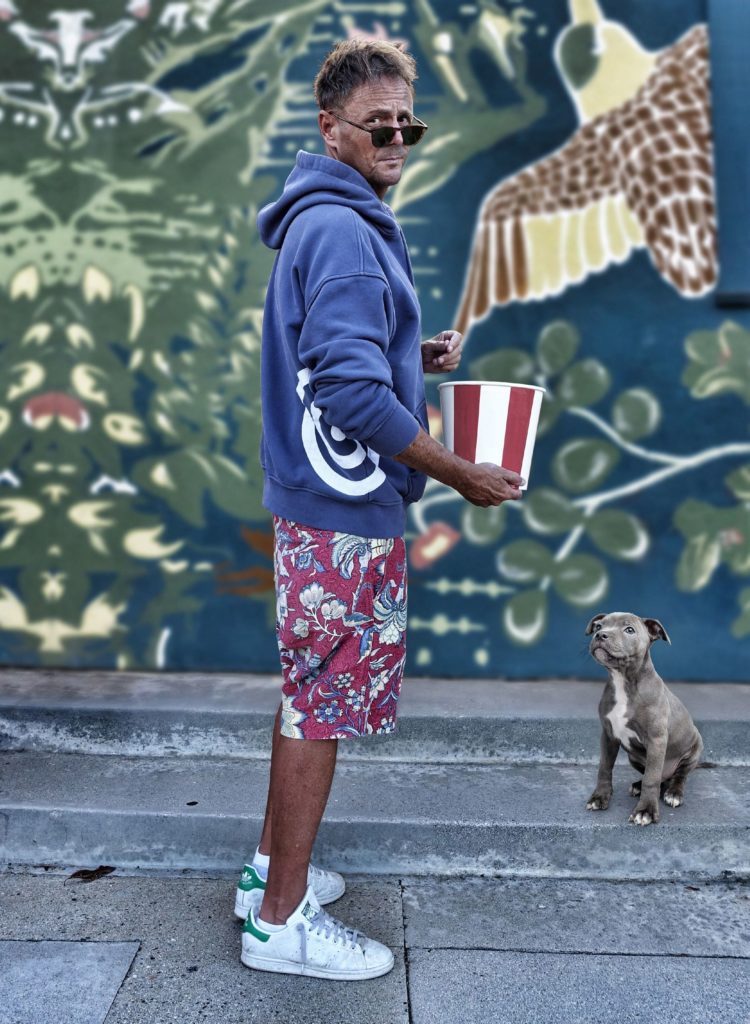
He continued: “I put a lot of effort into quality. I spend a lot of time going to the factories here in Los Angeles or wherever else we make things. I am a student of the whole thing. In some ways, I am better at making things than I am at selling things.”
Old Bull Lee remains a small brand, but it has had slow, steady growth year-after-year since its inception in 2011. And Johnson is simply fine with that trajectory if his casual menswear line of unique print patterns remains focused on quality over quantity.
The transition from architecture to apparel has not been an easy one for Johnson who understood 97% of clothing that Americans purchase is imported. But the challenge has been an enjoyable yet educational endeavor for Johnson, who is proud be able to create jobs for American garment workers.
“I thought apparel would be easier than it is, because houses theoretically are so big and difficult and I thought clothing would be easy,” said the 56-year-old New Jersey native. “The thing I didn’t realize is to make something well is really hard no matter what industry it is. The clothing industry in a lot of ways is harder than making houses or buildings because it is so disconnected. You have many more pieces, and everybody is working on different formulas so there was a steep learning curve in the beginning for me.
“I am fortunate that here in Southern California there is large concentration of skilled garment workers, and I am happy to be able to provide them with additional work even though it makes it tough to keep my prices competitive with clothes made in China.”
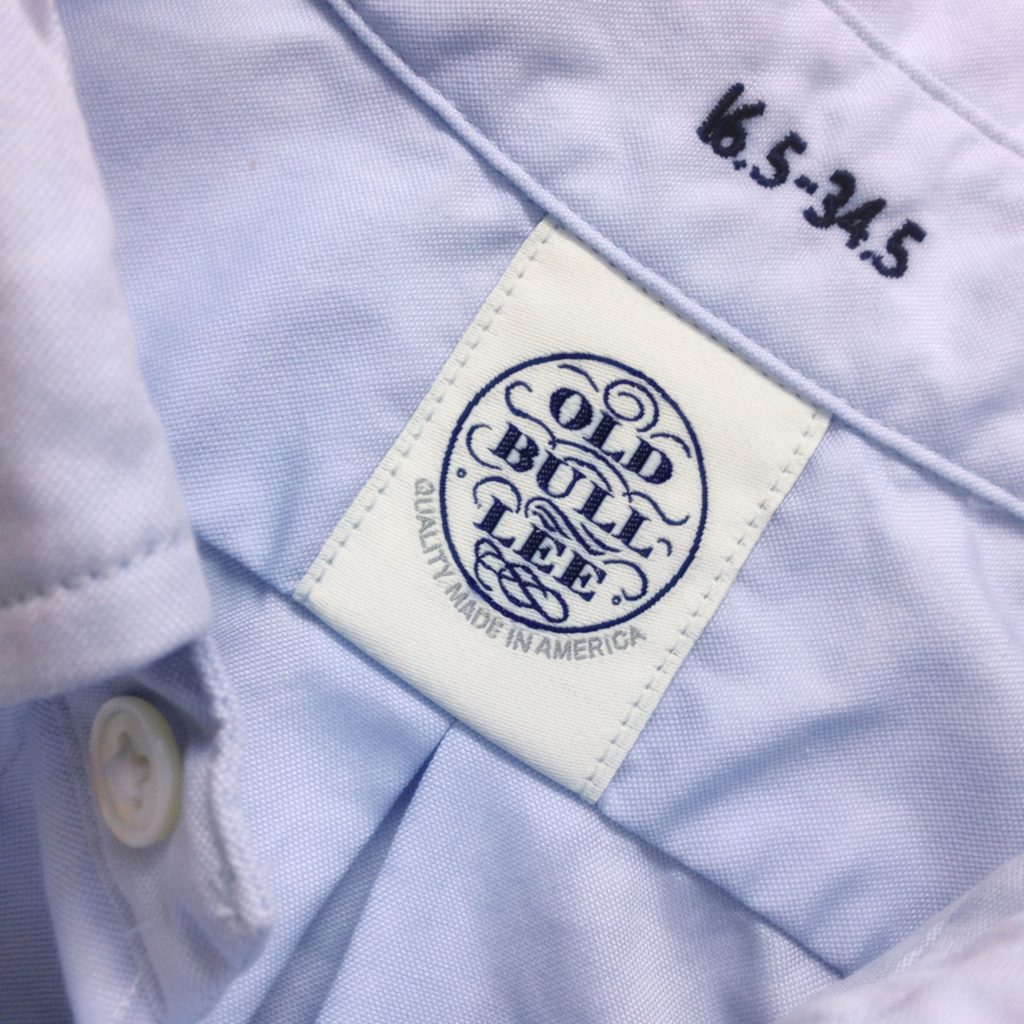
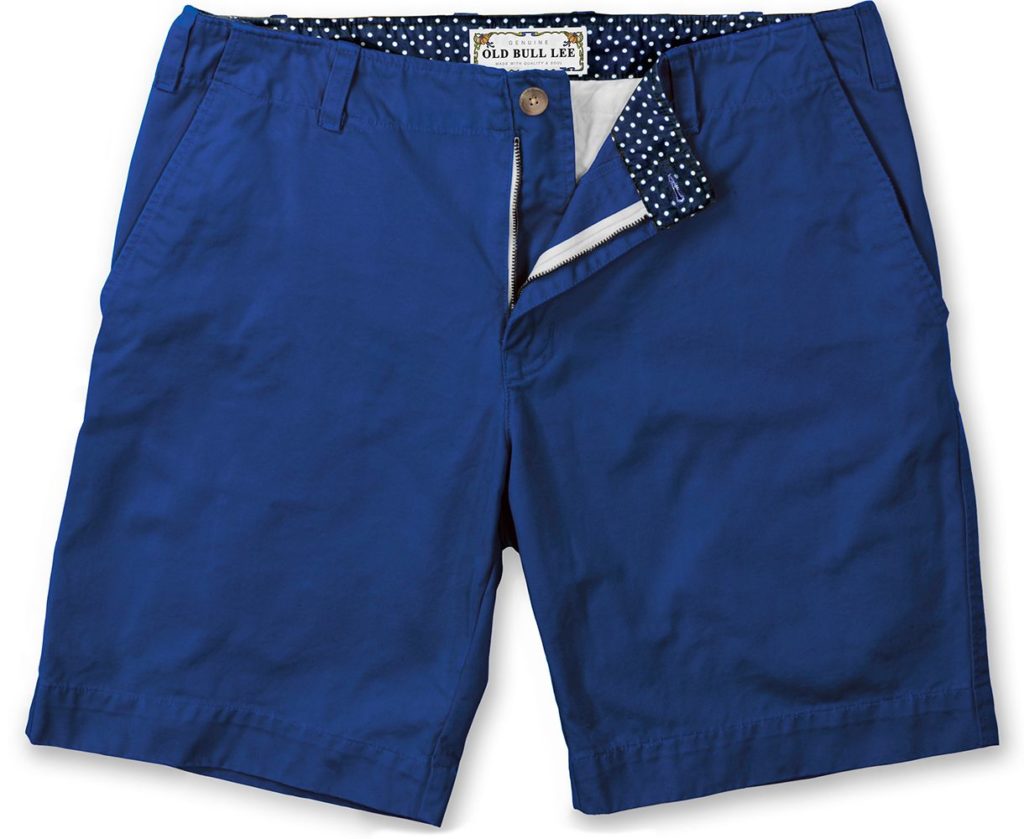
Johnson contracts his work to a variety of long-time garment manufacturers in Southern California, North Carolina and Pennsylvania that cater to his high-quality yet smaller-quantity requirements. Johnson met with Italian and French textile manufacturers prior to his launch of Old Bull Lee, and most of his fabrics are comprised of cotton-linen blends, plain weaves and twills. He uses both imported and domestic fabrics for his clothing, but all manufacturing is done in the United States.
“Our products are 100% cut and sewn in the U.S.,” Johnson said. “Our walk shorts (the brand’s most popular product) are made here in East L.A., our board shorts are made in Orange County and our button-down shirts are made in both North Carolina and Los Angeles. We use T-shirts manufactured by Camber in Pennsylvania. Everything we sell is Made in America.”
With company headquarters in affluent Manhattan Beach, Calif., Old Bull Lee products are a marriage of European natty meets Southern California surfer dude. It is no surprise that his products sell best in the retail markets of American coastal cities, and the warmer weather climates of Florida and Texas.
“In spite of the fact that we are a California company, a large portion of our business is in Florida and Texas,” Johnson said. “I ship all over, but I think it has something to do with the fact we are known for our shorts and a state like Texas doesn’t have a lot of coastline, but a lot of people there wear shorts year-round.
“I send a lot of product to Florida, and some of our higher-end product goes to the Northeast. My European designs and the things on the more expensive side of things go to the Hamptons, Nantucket, Charleston, Savannah, and places like that.”
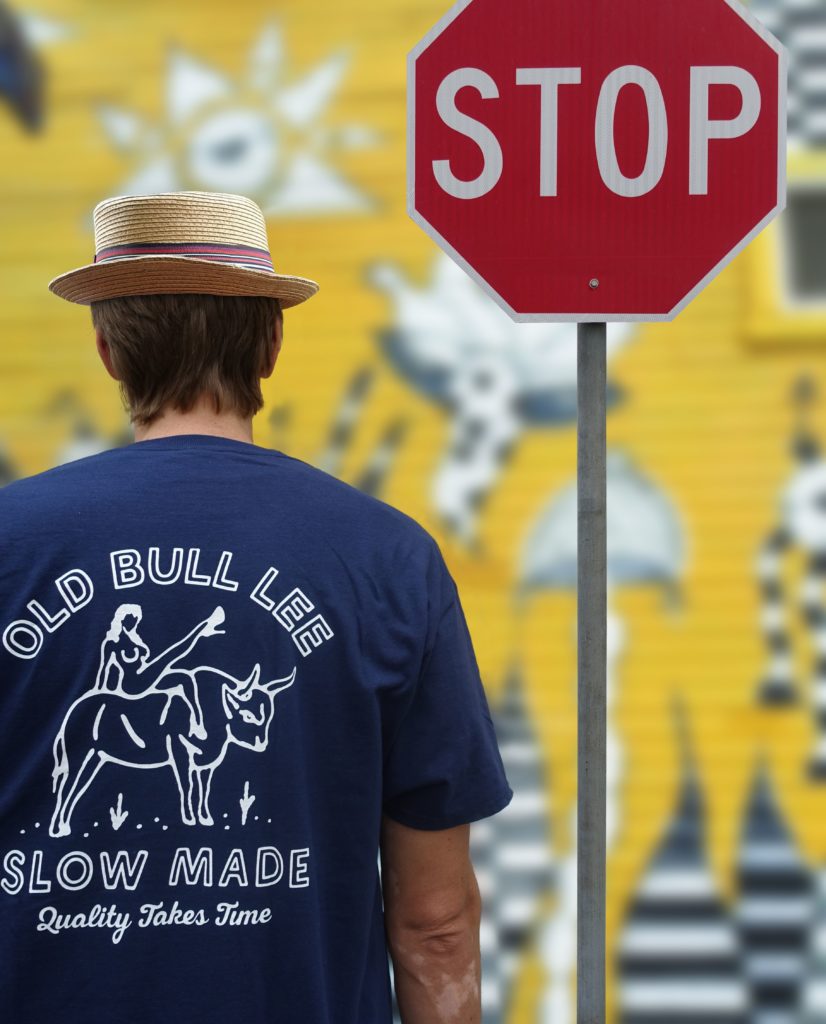
Johnson has a small staff of four or five colleagues that assist him in the manufacturing and marketing of his Old Bull Lee line. His fabric is shipped from a company in Missouri to a warehouse in Northern Los Angeles, where his team picks up the fabric and transfers it to a downtown factory where it is sanforized, a pre-shrinking process. The fabric is then sent to a nearby dye house before it is sent to an East Los Angeles cutting factory. The fabric is finally moved to another East Los Angeles facility to be sewn into walking shorts, board shorts or button-down shirts. His blank t-shirts are sourced from Camber, a high-quality American-made brand located in Pennsylvania.
“My business model is different and a lot of that has to do with that I am sort of a very long-term thinker,” Johnson said. “Now that I am older, I recognize that time can be your friend. The business has been around for 11 years, and we’ve grown slowly but steadily over time and that has kind of been deliberate on my part. It’s one of the accidental good mistakes I made that we didn’t grow too quickly. There are ways you can grow very fast by pumping things out on social media and try to sell as much product as possible at all costs.
“The analogy I can give you for that would be an Oak tree. Developers plant Poplar trees and the reason they plant Poplar trees is they grow very fast. They will make a housing development look mature in a short amount of time.
“But there is a balance to things. Those Poplars, because they put so much energy into growing fast, don’t have a lot of strength left over to resist disease and things like that so they’ll often die. But the Oak tree which starts out as an acorn may take 100 years to grow into a mighty Oak because it only grows a few inches a year. It becomes a very strong wood.
“I kind of think of things in those terms. Slow steady growth is healthy. It makes a stronger tree and yes, we are a profitable company but it requires a certain amount of restraint on our part because sometimes you want to be bigger or sell more or get more attention but that is not always ultimately the best answer.”
Johnson surely wants to increase sales and expand his business, but he is happy with his out-of-the-box thinking of “steady as she goes.” He not only weathered a sales slump during the COVID-19 pandemic but saw an increase of sales since online commerce skyrocketed, with so many people working and shopping from home. While Old Bull Lee shorts and shirts are sold in select retail outlets throughout the United States, the bulk of sales come from online, direct-to-consumer orders.
Old Bull Lee shorts range in price from $63 to $139 and board shorts (surfer swimwear) are available from between $59 to $67. Button down shirts, that pair well with walking shorts for a casual summer night out on the town, cost between $91 and $117.
To shop for Old Bull Lee shorts and shirts, visit the company’s website.
